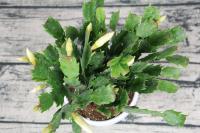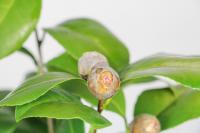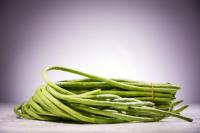1、 Early withdrawal of grass
Generally, during the growth of orchids, in order to promote the germination and growth of new leaves, the tips and edges of old leaves will gradually turn yellow and wither from top to bottom, so as to save nutrients. This is the normal phenomenon of returning grass
But if the new leaves are also turning yellow, scorched, and even the reed head is deformed and discolored, it means that the blue leaves have retreated in advance

What about returning the grass in advance
Returning the grass ahead of time will lead to thinning and blackening of orchid leaves, slow or even stop plant development. At this time, check the root state first
1. The root system is slightly damaged
If the root system is not damaged and the outer leaves wither and retreat, just cut them off in time, and then control the water and fertilizer, do not dry, do not water, dry and water thoroughly; Thin liquid fertilizer is applied every 15 ~ 20 days in summer
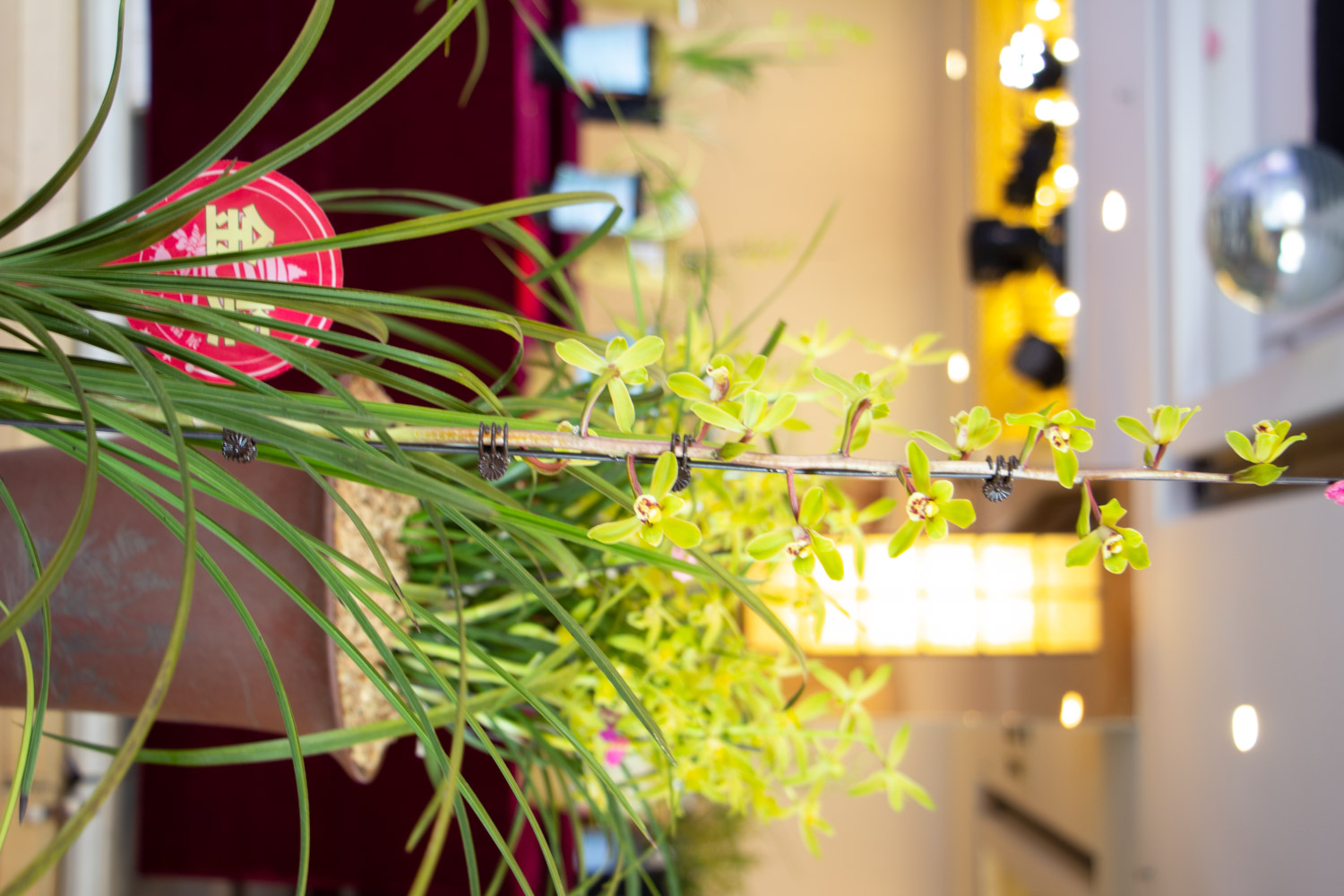
2. Serious root damage
If the orchid root system is seriously damaged, the whole plant may retreat. At this time, the pot and soil must be changed. After removing the pot, cut off the rotten roots first, then soak the whole root in carbendazim solution for disinfection, and then put the plant material on the pot again. Pay attention to exposing the reed head
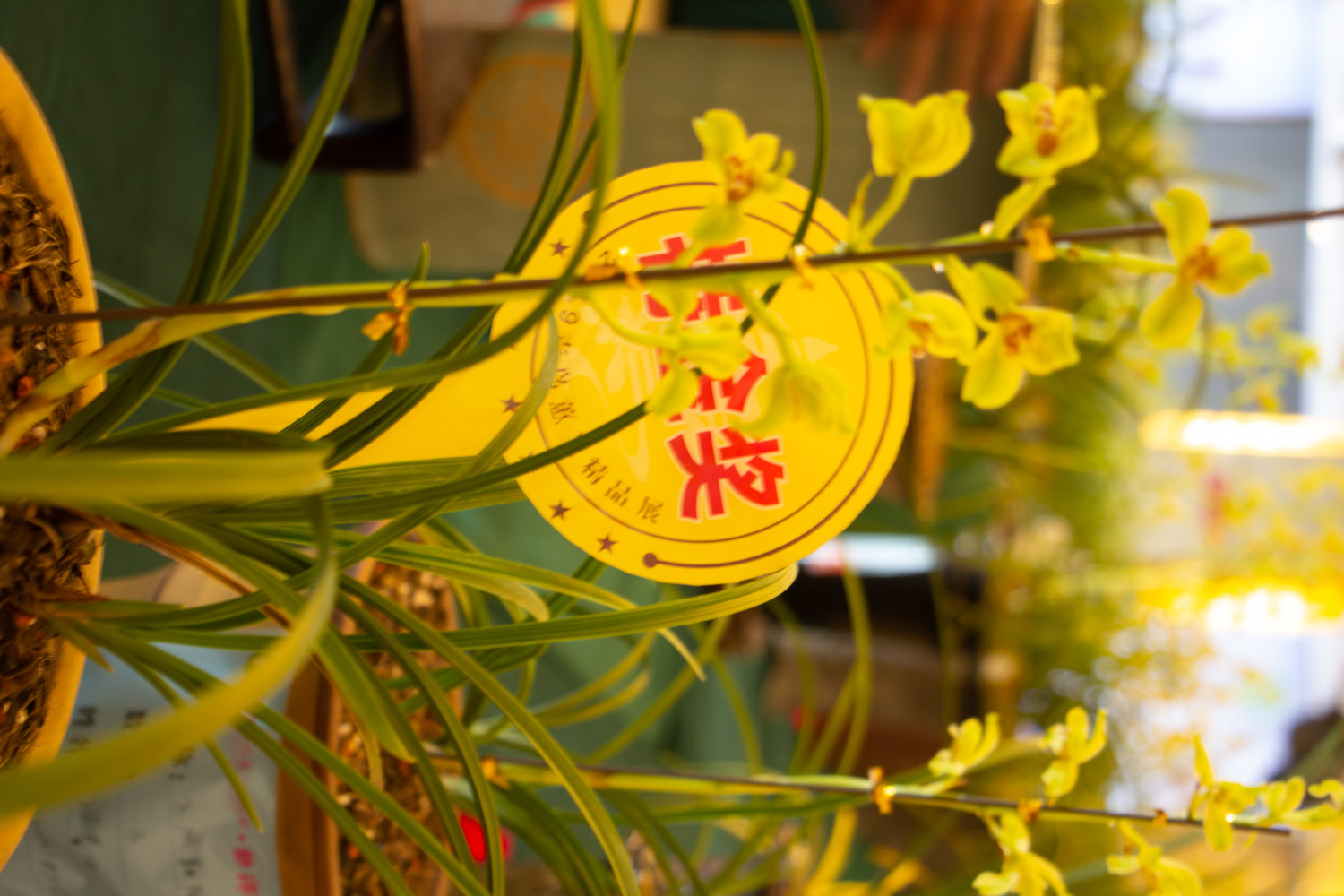
2、 Infected stem rot
It is found that the orchid leaves gradually turn black from bottom to top, and there are black spots on the leaf surface. When you dig the root, you can even see that all the roots from the root neck to the reed head are blackened. You should be vigilant. It is likely to be infected with stem rot
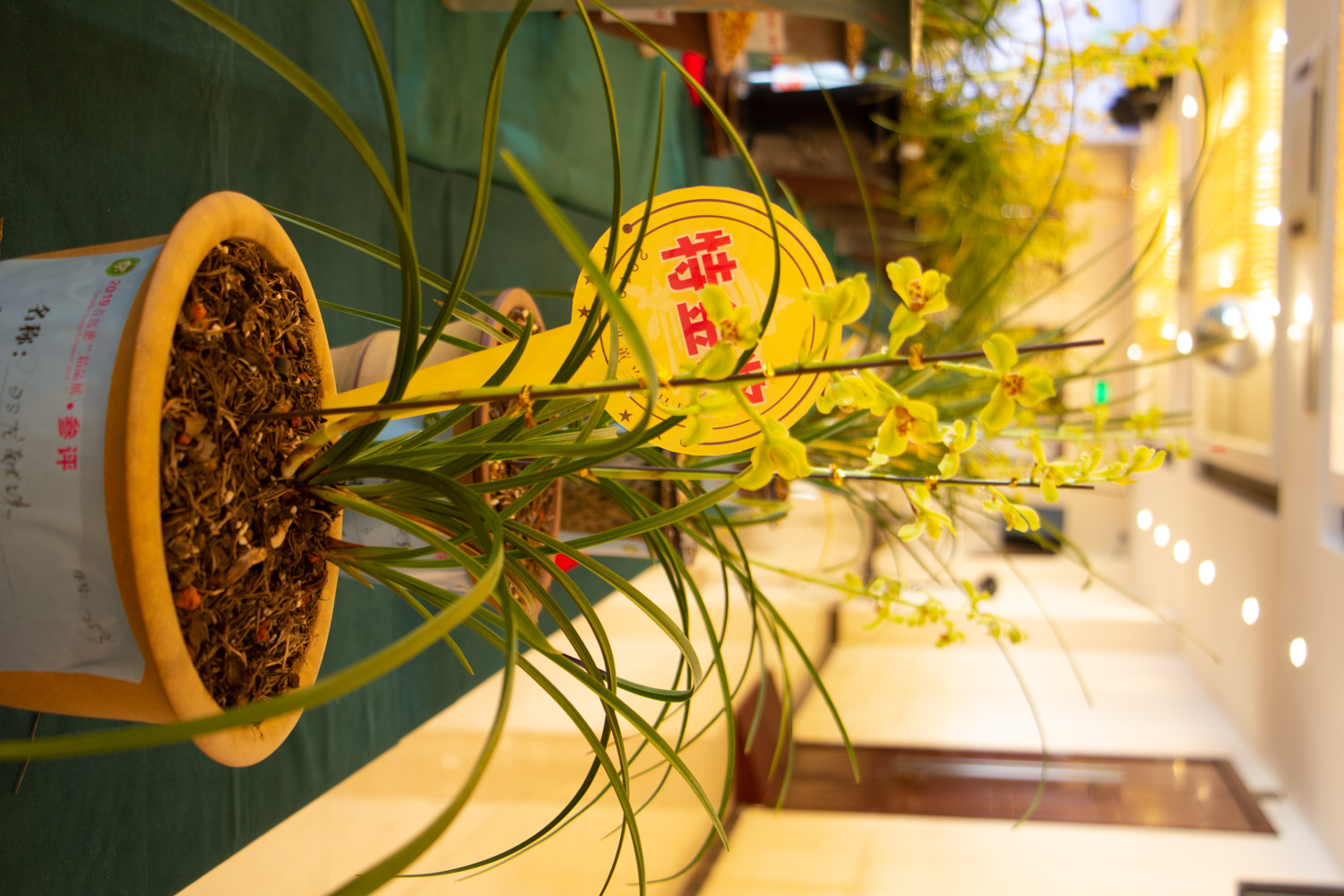
How to control stem rot
The high incidence period of stem rot is from June to September. During this period, the temperature is high, watering is frequent, there are many pests, and orchids are easy to be infected with bacteria
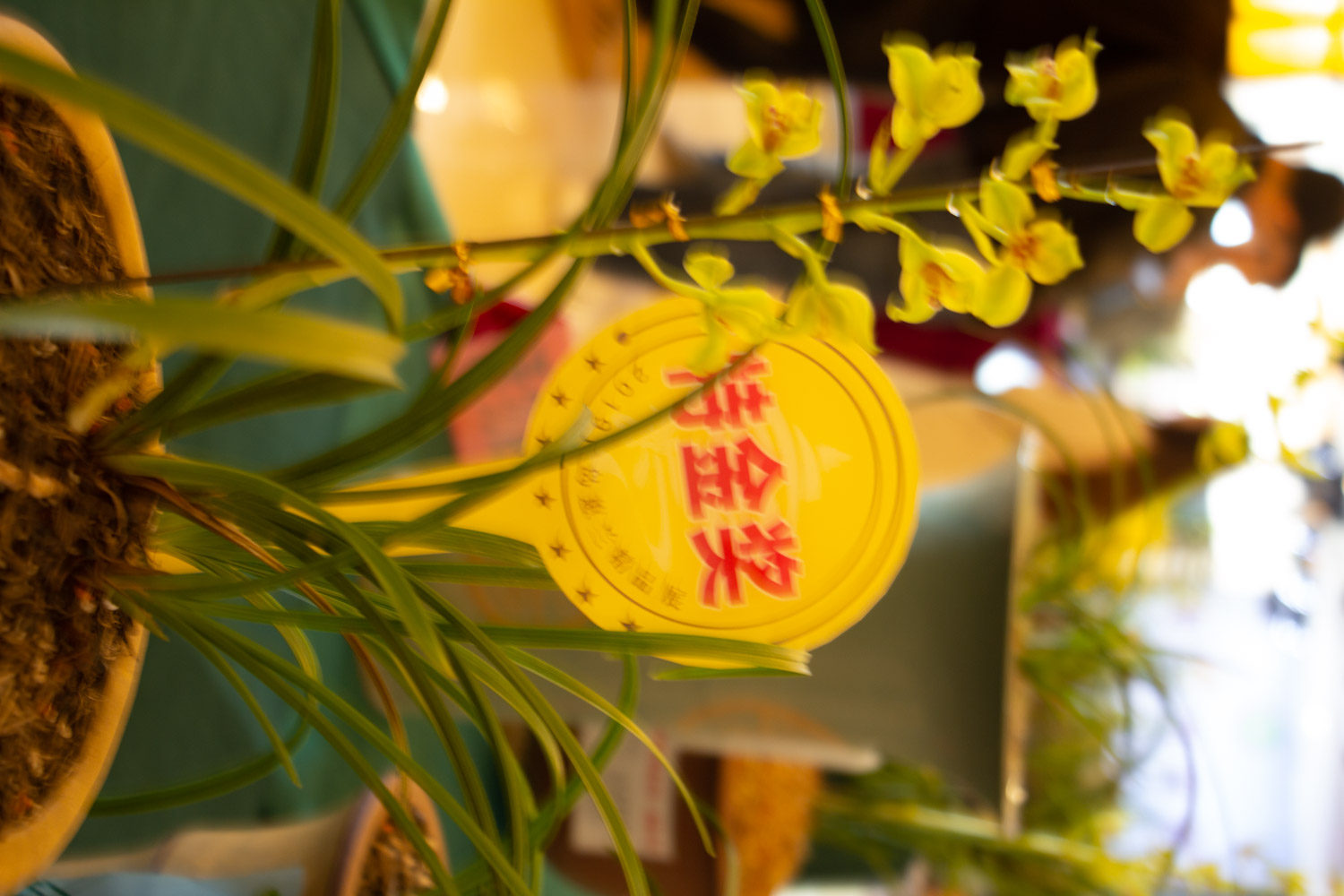
prevention first, prevention outweighs cure
1 can be sprayed and disinfectant around the plant and foliar with antimicrobial agents such as carbendazim, chlorothalonil or methyl tozin every 7~10 days during the summer high temperature every days. p>
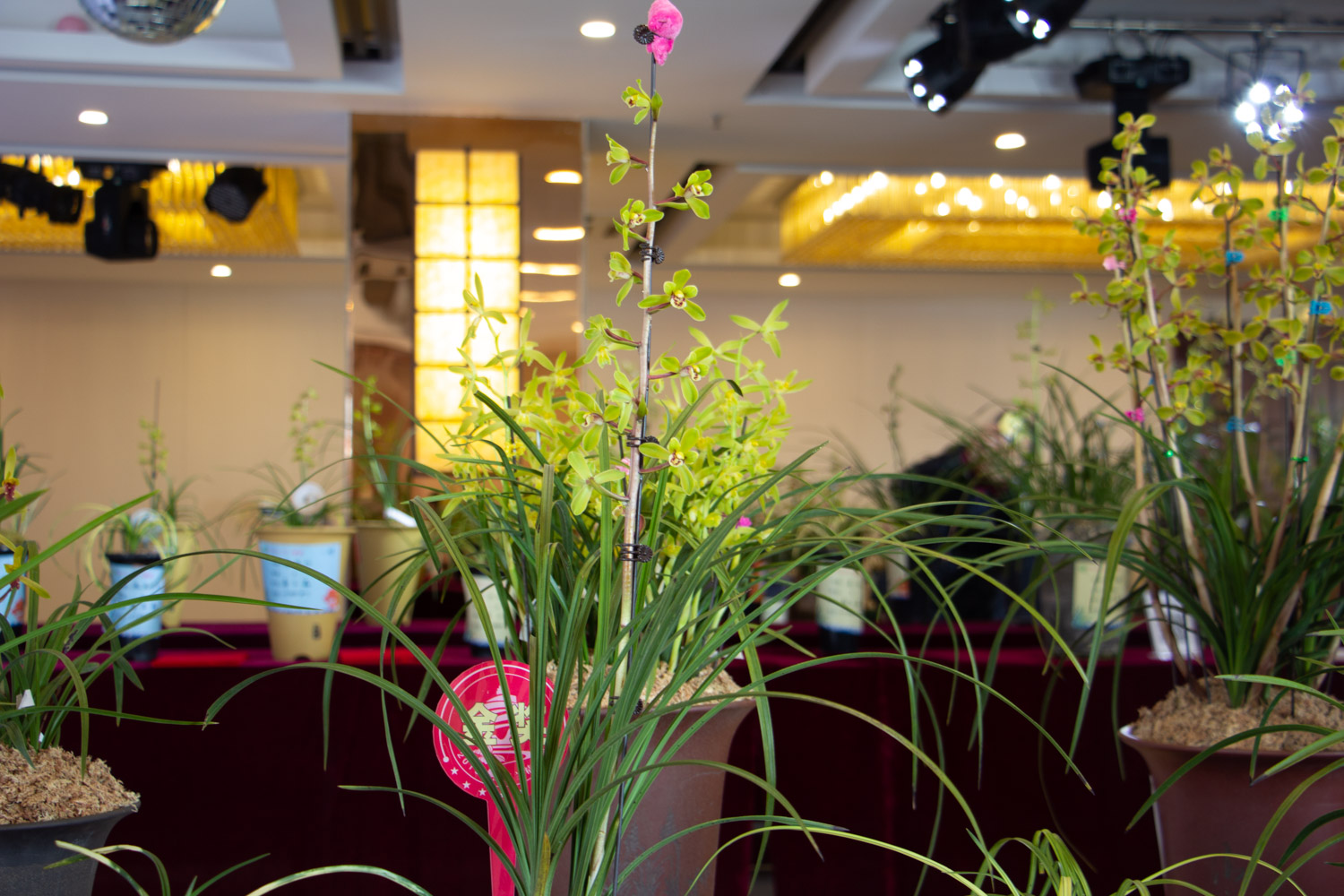
2. Treat the wound in time, especially after branching, apply wound healing agent immediately to prevent infection
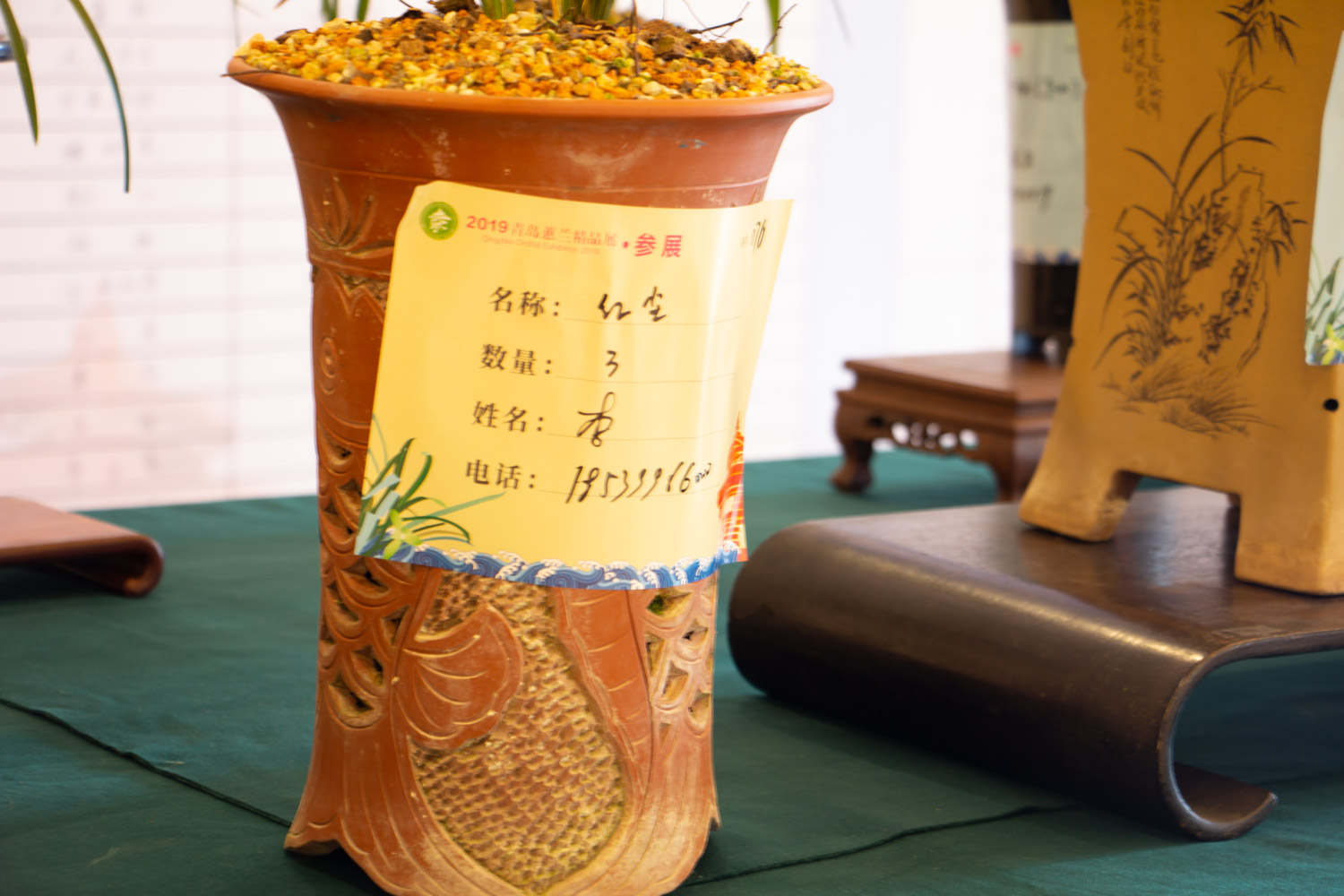
3. Some carbofuran insecticides can be buried in the plant material to avoid insect pests infecting reed head
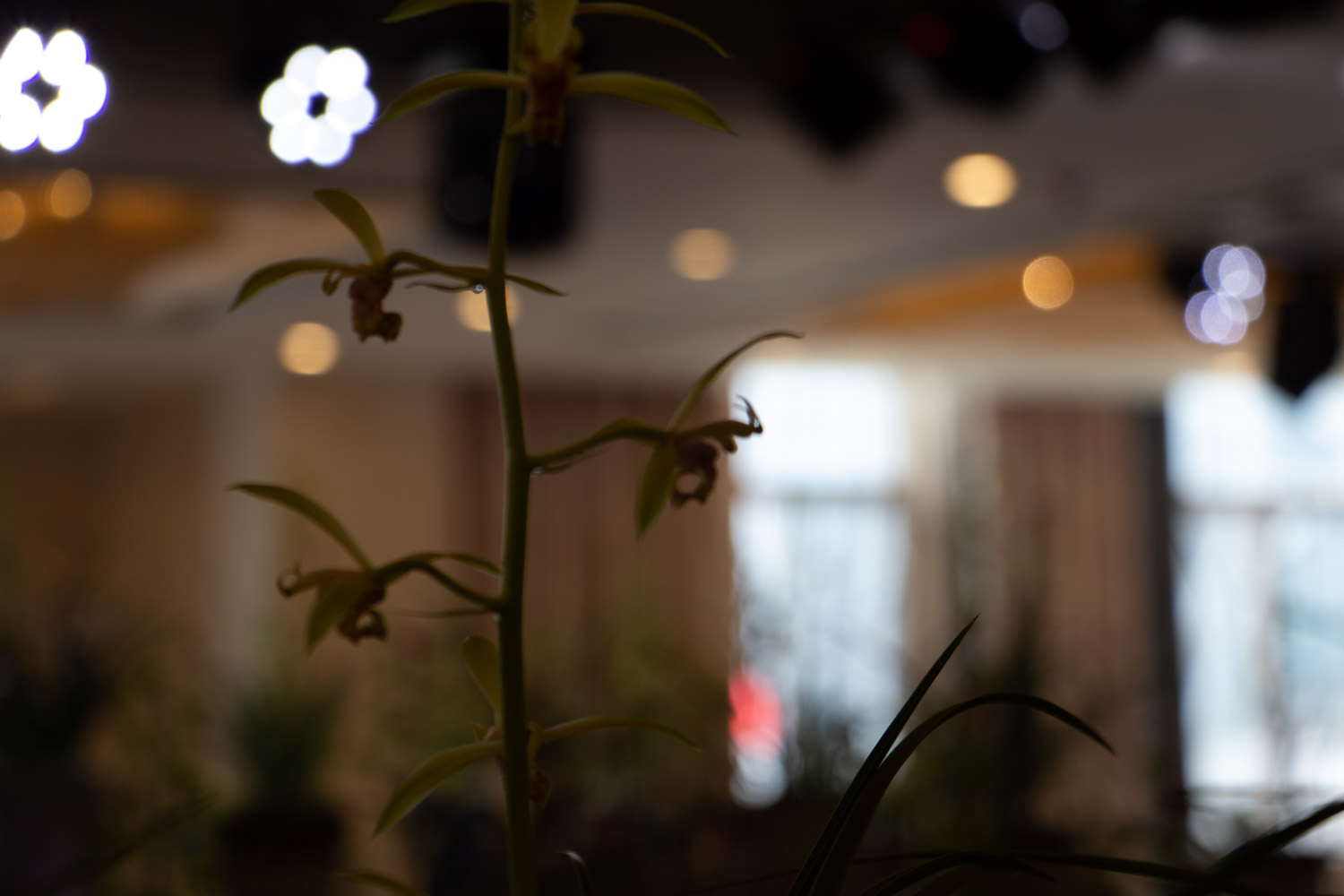
How to treat
1. Once found, cut off and burn the infected orchid strains and leaves immediately
2. Pull out the whole pot of orchids, wash them, cut off the diseased plants and rotten reed heads, and then put the whole remaining orchids in a slightly 500 times more concentrated solution of Difenoconazole and soak them for a whole day
3. Replace the soil basin after drying. Keep it in a cool and ventilated place for three days without watering. Soak the orchid basin with 500 ~ 1000 times of bactericide every month, and you can gradually recover your health
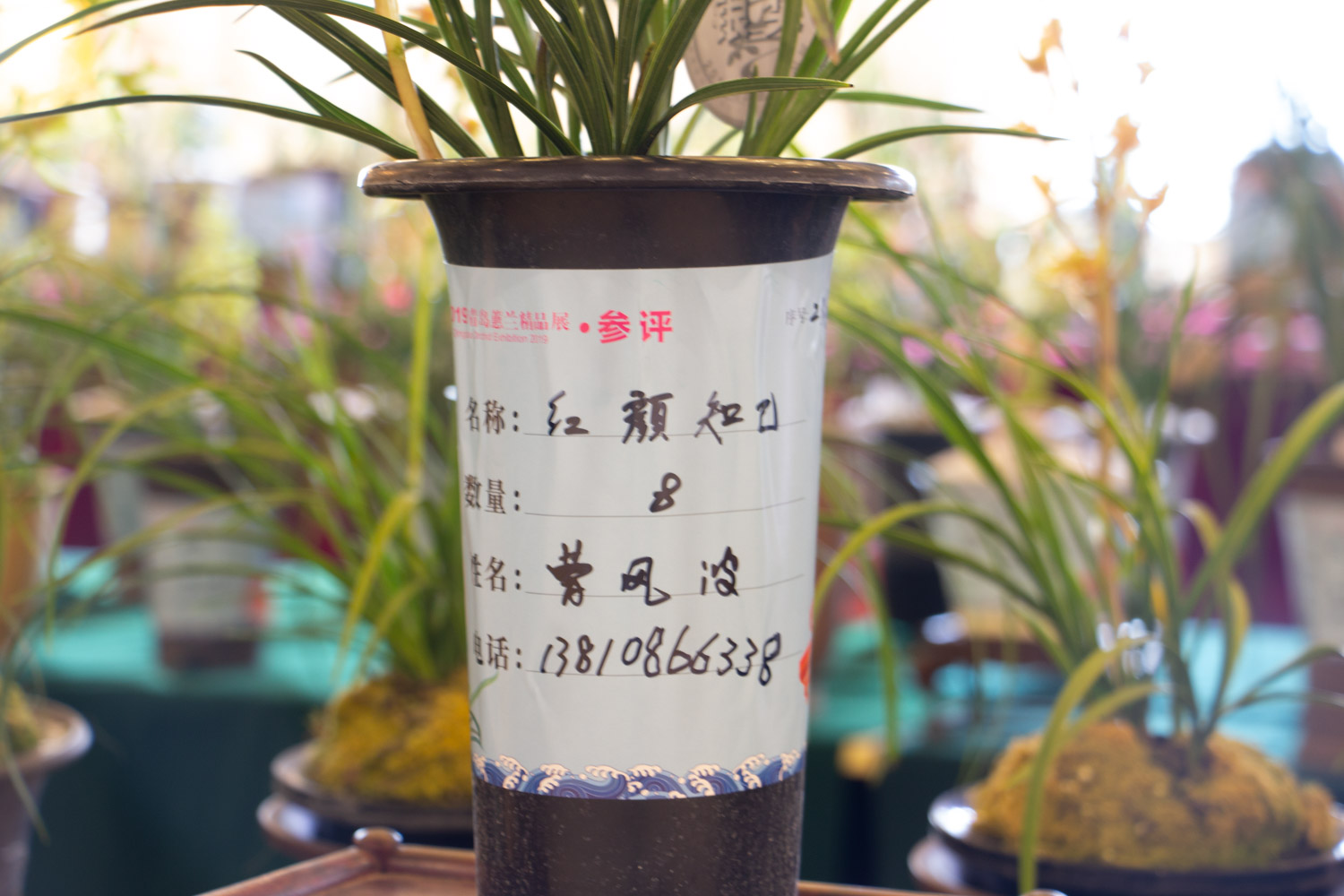
Note: Huahua reminds everyone that in hot weather, we must often turn the soil and ventilate the orchid to ensure that the root breathing is normal. If it's troublesome, we can blow it with a fan after watering~
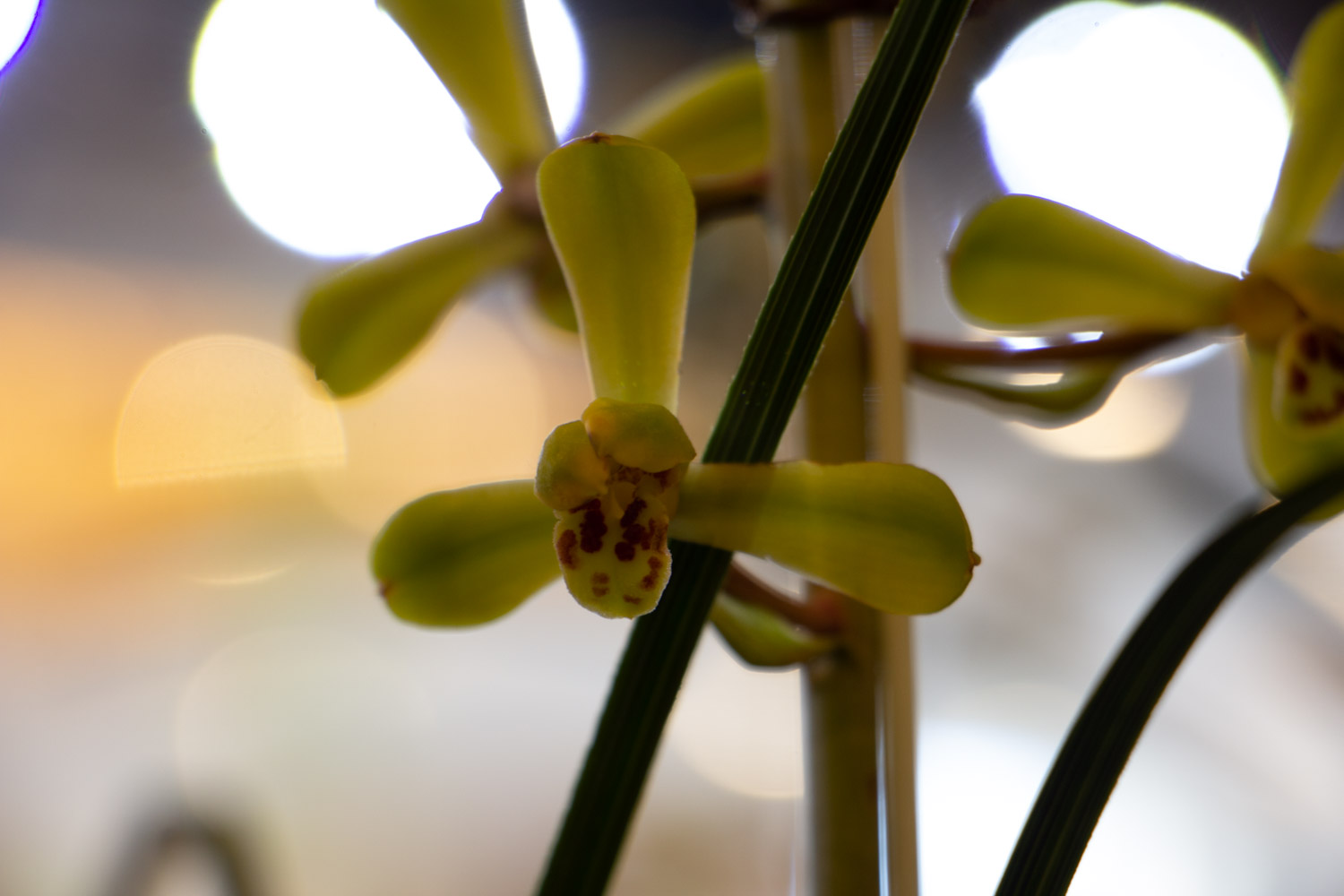
Well, that's all for orchid fever
Flower friends, have you learned

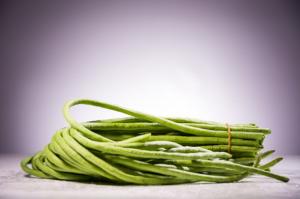 How does okra leaf h...
How does okra leaf h...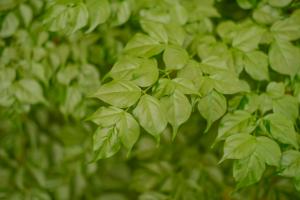 How to treat happy l...
How to treat happy l...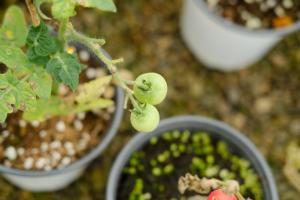 How is tomato Fusari...
How is tomato Fusari... How is Strawberry Po...
How is Strawberry Po... How does Calla becom...
How does Calla becom... How to roll the leav...
How to roll the leav... Pest control of Phyl...
Pest control of Phyl...

























